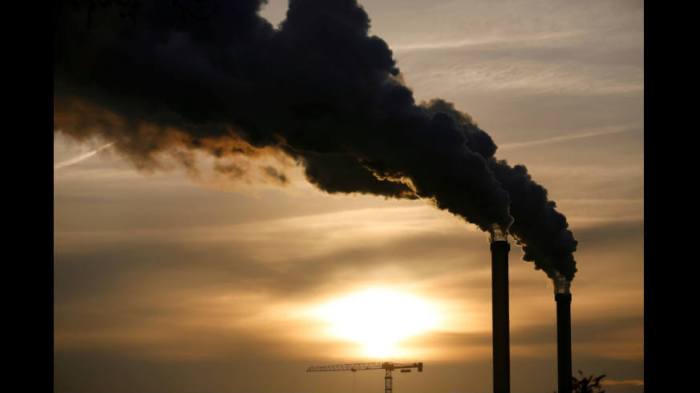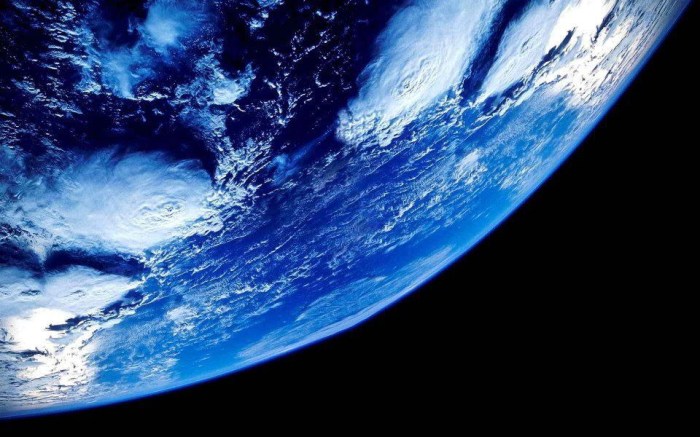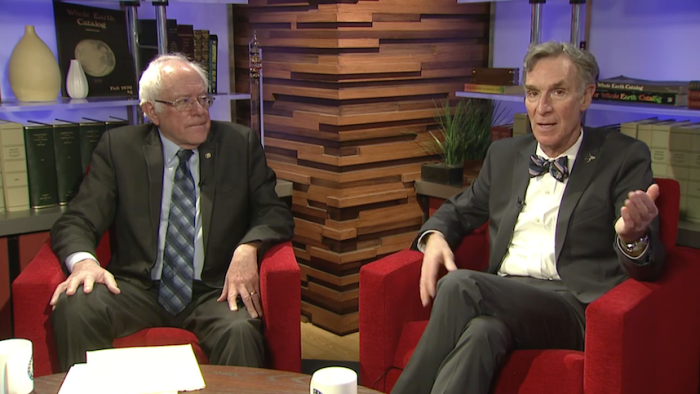Climate change affects the world, though the Northeastern United States will likely see temperatures increase much faster than the global average, according to a new report.
Researchers at the Northeast Climate Science Center at the University of Massachusetts Amherst released their findings this week, which concluded that the region will hit the 2 degrees Celsius increase — 3.6 degrees Fahrenheit — about two decades before the rest of the world. The idea of the earth warming by 2 degrees Celsius is often described as the “threshold,” or global warming tipping-point. The Paris Agreement calls for a temperature-rise limit of 2 degrees Celsius — dropping to 1.5 Celsius, if possible. UMass geosciences professor and study author Raymond Bradley said that “many people have been lulled into a false sense of security, thinking that the 2 degrees target is somehow a ‘safe’ limit for climate change.” But the limit is defined as a global average, Bradley noted, and some regions will warm faster than the earth as a whole.
“Our study shows that the Northeast United States is one of those regions where warming will proceed very rapidly, so that if and when the global target is reached, we will already be experiencing much higher temperatures, with all of the related ecological, hydrological and agricultural consequences,” he said in a statement. The lower 48 states are expected to cross the threshold about 10 to 20 years earlier than the global mean, the study notes.
But, “the fastest warming region in the contiguous U.S. is the Northeast, which is projected to warm by 3 degrees C when global warming reaches 2 degrees C, researchers wrote.
Next is the Southwest U.S., which is expected to warm at a “much faster rate” than the Southeast or southern Great Plains.
What will the effects of that higher temperature be?
Researchers aren’t quite sure yet, but they said that “the eastern U.S. is projected to experience wetter winters and the Great Plains and Northwest are projected to experience drier summers in the future.” Ambarish Karmalkar, a researcher at the Northeast Climate Science Center, was the lead author of the study. It appeared in the science journal PLOS ONE this week.
Northeast US warming faster than the global average: Study

Getty Images


















